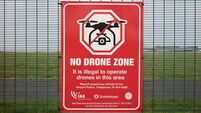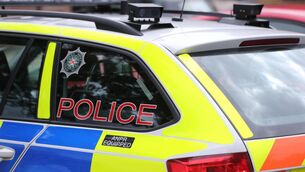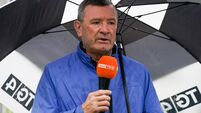20 more eagles to be released in national park
It’s the second phase of a five-year project to reintroduce the birds to this country.
Four of the first 15 birds released in the park last summer died from illegal poisoning. But project director Dr Allan Mee remains optimistic the programme will be successful.













